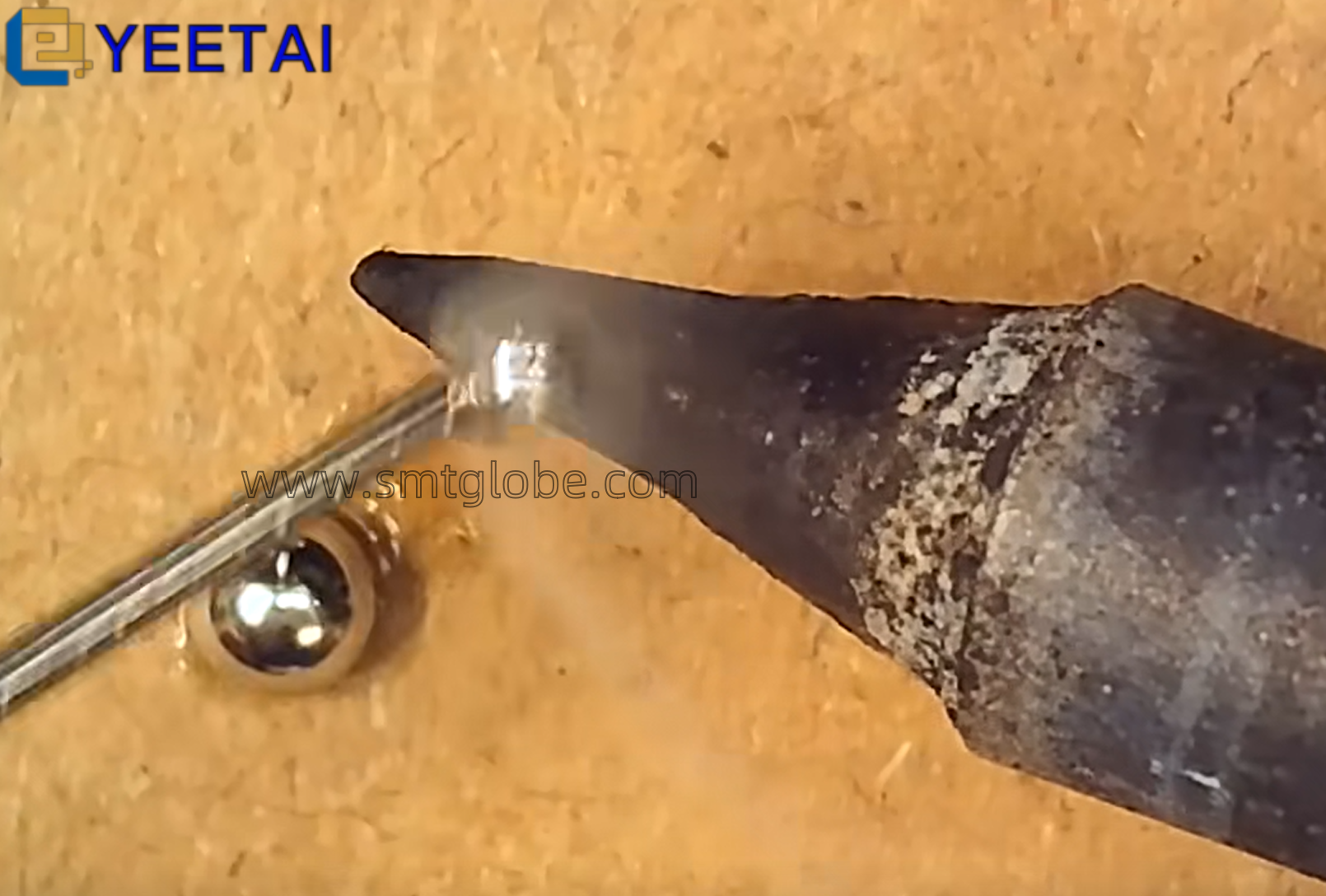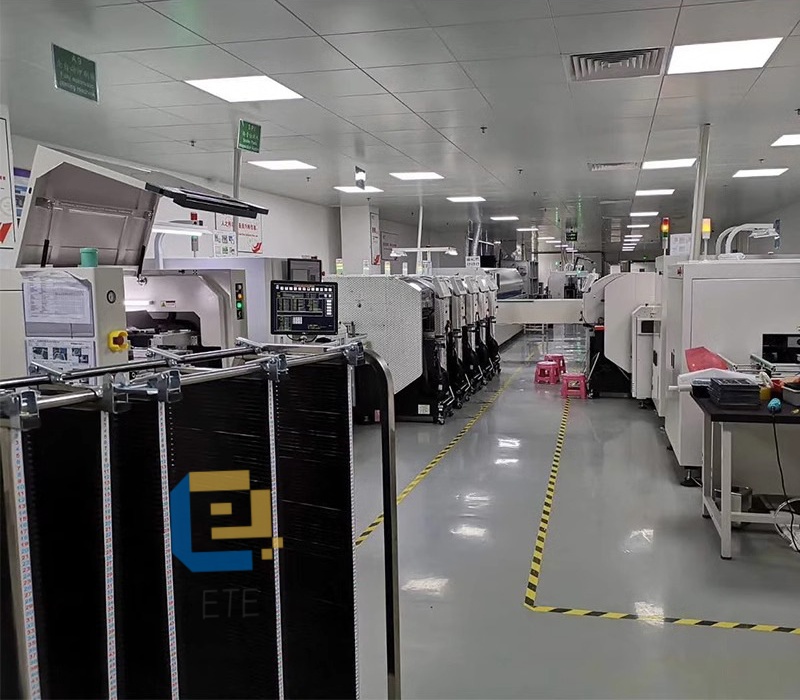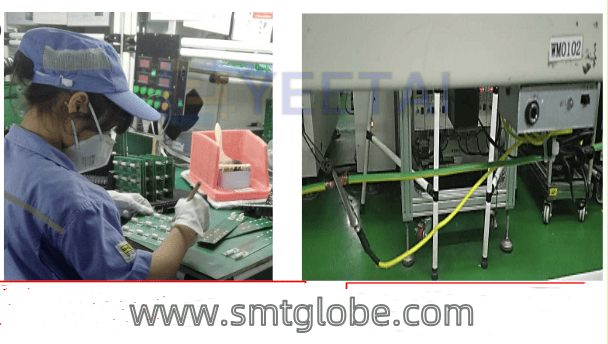Maintaining YAMAHA pick-and-place machine feeders is crucial for ensuring optimal performance and preventing operational issues. Below are common problems that may arise and practical maintenance methods to address them.

1. Ensure Proper Attachment of Feeders
When loading components into the YAMAHA pick-and-place machine, operators must ensure that the feeder’s pressure cover is securely fastened. This precaution prevents damage to the suction nozzle. Additionally, operators should differentiate between tape feeders and paper feeders to avoid issues with part pick-up.
2. Inspect for Loose Parts
If any feeder parts are found scattered within the Z-axis of the YAMAHA machine, operators should immediately notify maintenance personnel. The machine should not be operated until a thorough inspection is completed. For high-speed feeders, check if the inner cover can rotate in the opposite direction; if it can, a replacement is necessary. For medium-speed feeders, inspect the bird’s beak to check for wear. If wear is apparent, replacement is required to prevent unnecessary component wastage.
3. Securely Attach Feeders
When attaching the feeder to the YAMAHA pick-and-place machine, it is essential to verify that the hook is securely fastened. If there is still movement after securing, it’s important to replace the feeder and hand it over to the YAMAHA feeder maintenance team.
4. Proper Storage When Not in Use
If the YAMAHA feeder will not be used temporarily, ensure the top cover is secured and return the feeder to its designated storage rack as specified. When transporting YAMAHA feeders, use manual handling for short distances and a cart for longer distances. Do not stack more than three feeders to avoid deformation.
5. Labeling and Organization
It’s important to avoid placing unauthorized labels on YAMAHA feeders. Likewise, used covers should not be left haphazardly.
6. Tagging Defective Feeders
Any defective YAMAHA feeders should be marked with a red label and sent to the maintenance area for proper handling by maintenance personnel.
7. Proper Placement on Z-Axis
All YAMAHA feeders placed on the Z-axis must be secured properly and should not be floating or exceed height limits.
8. Critical Attention to Missing Parts
Any YAMAHA feeder found to be missing components must not be used under any circumstances.
Conclusion
Maintaining the feeders of YAMAHA pick-and-place machines is vital for preventing downtime and ensuring smooth operational efficiency. By following these maintenance tips, operators can significantly reduce the risk of malfunction and enhance the longevity of equipment. This article serves as a guide for best practices in feeder maintenance, ensuring that YAMAHA equipment continues to operate at its best.
By adhering to these guidelines, operators can ensure the longevity and efficiency of their B pick-and-place machines, ultimately leading to better production outcomes and minimized operational disruptions.
At YEETAI, we produce all kinds of feeder to upgrade SMT machines.



